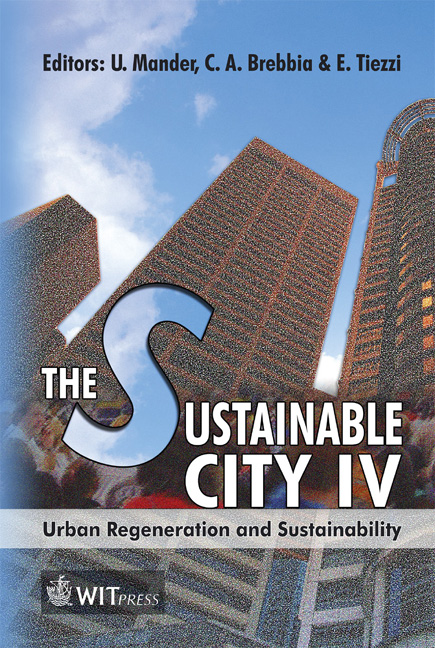How Many Light Globes Does It Take To Change A Footprint?
Price
Free (open access)
Transaction
Volume
93
Pages
10
Published
2006
Size
273 kb
Paper DOI
10.2495/SC060221
Copyright
WIT Press
Author(s)
M. Lenzen & P. Maganov
Abstract
This work covers two key areas related to ecological footprint analysis. The first section covers issues related to the calculation of ecological footprints for the populations of two Statistical Subdivisions (SSDs) and Statistical Local Areas (SLAs) of Eastern Sydney, Australia. These were obtained by applying inputoutput analysis to population and expenditure data from the 1998-99 Household Expenditure Survey and the 1996 and 2001 Australian Census carried out by the Australian Bureau of Statistics (ABS). The second section relates to linking results of the ecological footprint analysis to policy development, implementation and monitoring at a sub-regional level, namely the local government area of Randwick City in the Eastern Suburbs of Sydney, Australia. Keywords: ecological footprint, input-output analysis, urban sustainability, environmental policy, resource consumption. 1 Introduction The ecological footprint was originally conceived as a simple and elegant method for comparing the sustainability of resource use among different populations [1]. The consumption of these populations is converted into a single index: the land area that would be needed to sustain that population indefinitely. This area is then compared to the actual area of productive land that the given population inhabits, while the degree of \“unsustainability” is calculated as the difference between available and required land. Unsustainable populations are simply populations with a higher ecological footprint than available land. Ecological footprints calculated according to this original method became important educational tools in highlighting the \“unsustainability” of global
Keywords
ecological footprint, input-output analysis, urban sustainability, environmental policy, resource consumption.





